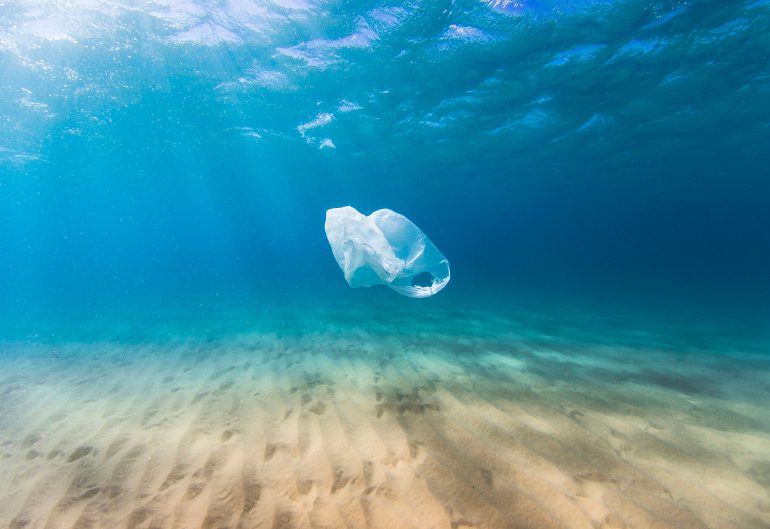Cleaner clothes lead to more microplastics in the food chain, research finds
Published on the 31 Jul 2018

Awareness of marine plastic and microplastics pollution is on the rise, driven largely by the alarming prospect that by 2050, there might be more plastic in the ocean than fish.
Microplastics between 5 mm and 100 nm in size are particularly nasty, making their way through the food chain after being ingested by sea creatures such as zooplankton, fish and shellfish. And they can bring toxins such as heavy metals and organic pollutants along with them, which can be passed on to people eating the fish.
These microplastics come from a range of sources, including degraded larger plastic waste such as bottles and bags, microbeads from skin cleansing products and microfibres from synthetic clothing such as polar fleeces.